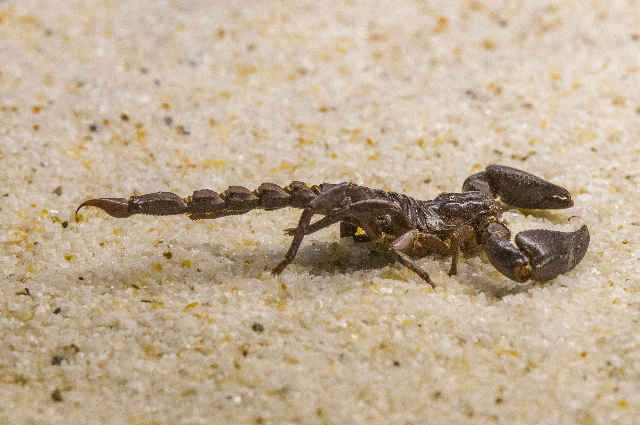
Parthenogenesis, commonly referred to as "virgin birth," is an asexual reproductive process in which an egg grows into an embryo without the need for male sperm to fertilise it. Different processes lead to this type of reproduction in plants, algae, and mammals. The embryo of an animal develops from an unfertilized egg; the embryo of a plant develops from a seed through a process known as apomixis; and the embryo of an algae grows from a single sperm or egg.
Certain plants and animals, such as algae, water fleas, bees, mites, nematodes, aphids, certain scorpions, and parasitic wasps, naturally undergo parthenogenesis; other creatures, like fish, amphibians, and birds, are experimentally forced to undergo parthenogenesis.
There are two types of parthenogenesis: a)natural parthenogenesis. b) artificial parthenogenesis.
Natural parthenogenesis: It occurs regularly, constantly and naturally in the life cycle of certain animals. It is divided into two categories: complete and incomplete parthenogenesis.
In insects such as wasps and fireflies, sexual reproduction does not occur because there is no male to fertilise. These types of insects are completely dependent on parthenogenesis for self-production. Such asexual reproduction is called complete parthenogenesis and their reproduction depends upon favourable climates like summer when you can notice the population of Aphids.
In other cases, certain insects have two generations, the sexual generation and the parthenogenetic generation, both of which alternate. In such cases, the diploid eggs produce females and the unfertilized eggs produce males. This type of parthenogenesis is called partial or incomplete or cyclic parthenogenesis.
Haploid and diploid parthenogenesis are the two types of parthenogenesis: incomplete and complete.
The haploid individuals are produced from haploid eggs that are not fertilised by sperm. The progeny is typically male. For instance, wasps, bees, ticks, mites, and particular kinds of spiders.
Unfertilized diploid eggs grow into individuals through a process known as diploid parthenogenesis. Typically, there are female offspring.
Through mitotic oogenesis, when mature egg cells are created by mitotic divisions and then grow into an embryo, apomictic parthenogenesis—a process that happens without meiosis—occurs. The modules of the same gene that are produced are genetically similar. They created clones of their mother's offspring. Aphids in animals and gametophytes in plants can both go through this procedure.
A "true clone" of the mother is produced by automictic parthenogenesis, which suppresses meiosis and prevents allele reassortment or recombination. By contrast, automictic parthenogenesis preserves the initial phases of meiosis and restores diploidy by gamete duplication or the fusing of two nuclei arising from the same original oocyte (terminal, central, or random fusion).
Unnatural conditions or technologically induced gene modifications result in artificial parthenogenesis. Asexual reproduction is possible, for instance, because of chemicals in eggs that have changed a species' DNA, for example, molluscs, annelids, birds, etc. There's also a good likelihood of parthenogenesis if the temperature is altered or if someone gets an electric shock.
A species may occasionally reproduce both sexually and asexually. A tropical lizard can be the progeny of a sexually introduced or partially hybridised child; Komodo dragons are an excellent illustration of these uncommon modes of reproduction. There have been cases of facultative parthenogenesis in the last several years. Researchers have discovered that asexual reproduction is possible in American crocodiles. A virgin was born to a caged crocodile in Costa Rica.
Given that humans are only able to reproduce sexually, parthenogenesis in humans has never been discovered. Ovarian teratoma and hydatidiform mole development have been described as parthenogenesis in the human body. A 1995 incident involving a young British kid whose body was partially generated from an unfertilized egg almost qualified as a "virgin birth." The issue of human sexual reproduction is still up for debate.
